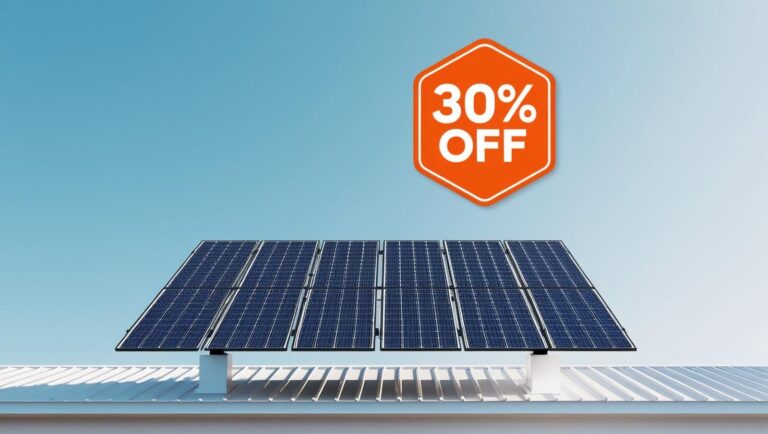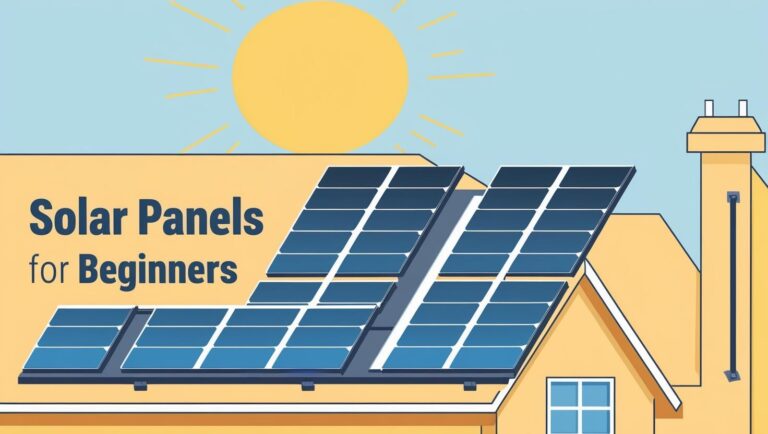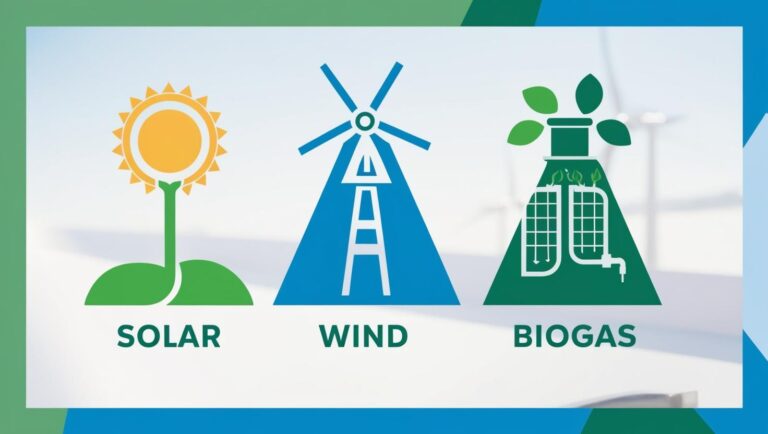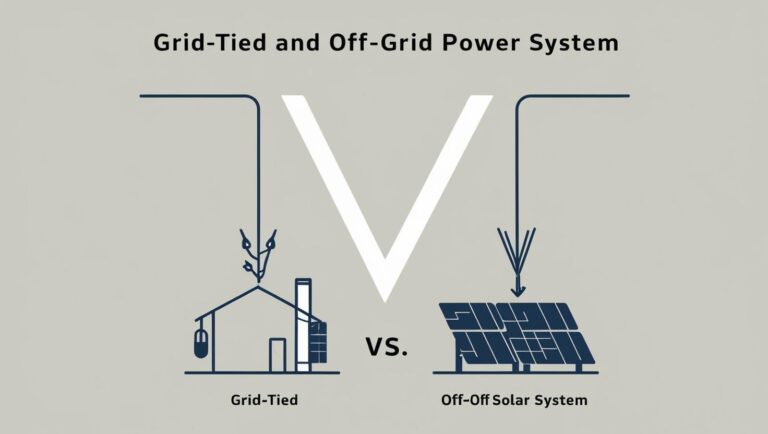10 DIY Energy Systems Compared (2025 Costs & ROI)
Electricity prices are projected to rise 18% in 2025—but with the right DIY energy systems, you can slash bills, reduce reliance on the grid, and even achieve full energy independence. This guide covers 10 proven methods, from affordable solar setups to biogas digesters, with 2025 cost data, safety warnings, and tax credit loopholes.
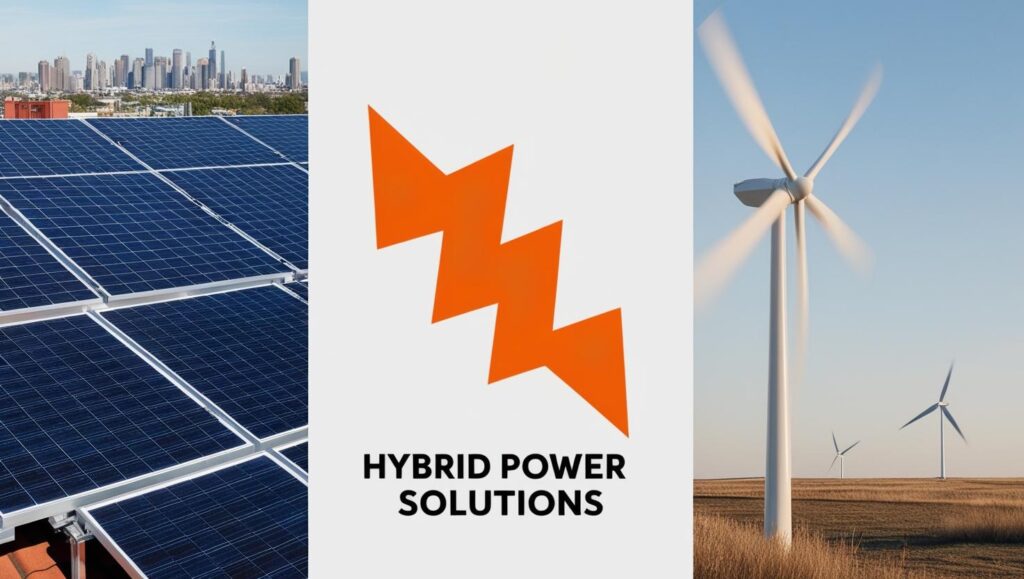
1. Quick Comparison: Best DIY Energy Systems (2025)
| System | Cost Range | Skill Level | Best For | ROI Timeline |
|---|---|---|---|---|
| DIY Solar | 1,000–1,000–15,000 | Intermediate | Suburban/Rural | 5–12 years |
| Small Wind | 3,000–3,000–10,000 | Advanced | Rural (1+ acre) | 8–15 years |
| Biogas | 300–300–1,000 | Advanced | Off-grid/Rural | 1–3 years |
| Micro-Hydro | 4,000–4,000–20,000 | Expert | Water-rich land | 10+ years |
| Battery Backup | 2,000–2,000–10,000 | Beginner | Emergency power | Varies |
Affiliate Note: “For beginners, the EcoFlow Delta Pro offers plug-and-play solar backup (no wiring needed).”
DIY Energy Savings Calculator: See Your 2025 Savings
Find out how much you could save annually with different DIY systems:
Your Energy Savings
2. Cheapest DIY Solar Setup (2025)
Build a 1kW System for Under $800
- Used Panels: Source from SanTan Solar ($0.30/watt).
- Micro-Inverters: Safer than string inverters for DIYers.
- Permits: Most states require electrical inspections—check local rules here.
⚠️ Warning: Never connect to the grid without an anti-islanding inverter—utility workers can be electrocuted!
CTA: Download our free solar wiring guide (PDF).
3. Biogas: Turn Food Waste into Free Cooking Fuel
A $300 DIY digester can convert kitchen scraps into methane gas.
- Best for: Off-grid homes, homesteaders.
- Avoid PVC pipes (methane weakens them)—use HDPE instead.
- Output: 1kg food waste ≈ 1 hour of cooking gas.
Case Study: A Vermont family reduced propane costs by 70% in 6 months.
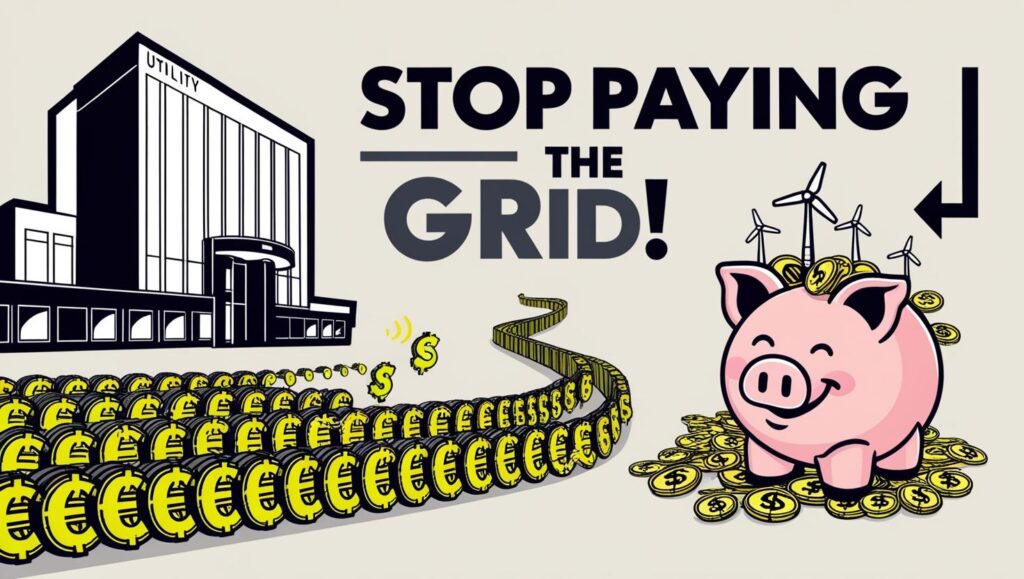
4. Legal Loopholes & Tax Credits (2025)
- IRS Form 5695: 30% tax credit on DIY systems (even labor costs!).
- State Grants: California’s SGIP rebates cover battery storage.
- Zoning Hack: Some HOAs ban wind turbines—install a “weather monitoring pole” instead.
5. Safety & Common Scams
✅ Do:
- Use UL-certified components for insurance compliance.
- Ground all solar arrays (lightning strikes are real).
❌ Don’t:
- Fall for “free solar” leases—they void your tax credits.
- Skip permits (fines can exceed $10K).
Before you start your project, here are answers to the most common DIY energy questions we hear from readers:
Frequently Asked Questions
Do DIY solar systems void home insurance?
Most insurers accept DIY solar if:
- You use UL-listed equipment (e.g., Renogy, EcoFlow)
- Pass a local electrical inspection (required in most states)
- Notify your provider before installation
Source: Insurance Information Institute
What’s the cheapest DIY energy system to start with?
Top 3 budget options:
- Portable solar generator ($500–$1,200): Jackery or Bluetti for small appliances
- Biogas digester ($300–$800): Converts food waste to cooking fuel
- Used solar panels ($0.30/watt): 1kW system ≈ $300 from SanTan Solar
Can I install solar panels without permits?
No, with two exceptions:
- Off-grid systems under 1kW may be exempt in rural areas (check county rules)
- Portable solar generators (under 120V) typically don’t need permits
For grid-tied systems, permits are mandatory nationwide. See DOE permit guide.
How long do DIY solar panels last?
25–30 years, with:
- 0.5% annual efficiency loss (new panels)
- 10–15 year warranties on most equipment
- Used panels may last 10–20 years (check degradation labels)
What’s the 2025 federal tax credit for DIY systems?
30% of total system costs, including:
- Equipment (panels, inverters, batteries)
- DIY labor (calculate at $20/hour)
- Permit fees
No cap for residential systems until 2032. IRS Form 5695 details.
Are wind turbines worth it for urban homes?
Rarely. Most urban areas lack consistent wind (under 9 mph average). Exceptions:
- Rooftop turbines need 12+ mph winds to break even
- HOAs often ban turbines (check local laws)
- Solar is 5x more efficient for cities
Source: DOE Wind Guidebook
How much battery storage do I need for outages?
| Usage | Battery Size | Runtime |
|---|---|---|
| Essential loads (fridge, lights) | 3–5kWh | 8–12 hours |
| Whole-home backup | 10–20kWh | 24–48 hours |
Where can I find DIY energy workshops?
- U.S. Energy Saving Tips: Free local trainings
- Community Colleges: Many offer 1-day solar/wind courses ($50–$200)
- REI Co-op: Off-grid energy classes (Schedule here)

